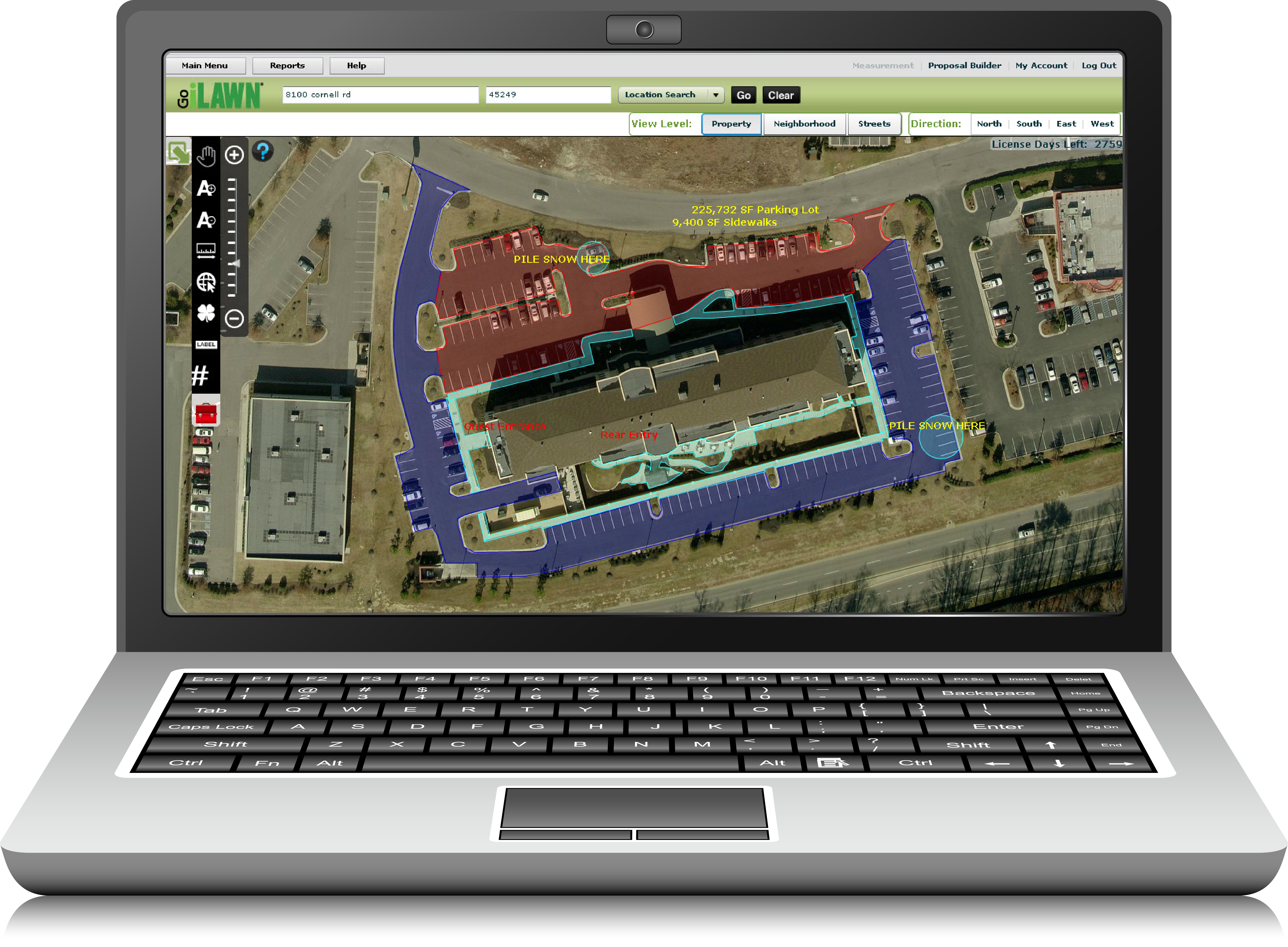Our Favorite Time of the Year
It’s that magical time of year again… Early Spring.
It’s a time we at Go iLawn/Go iPave love because our customers seem to love it too. It’s March, and across the country, the weather is turning warmer. Our customers are coming back to work in a serious way, knowing that soon they can be out in the field in full force.
For any service industry business, 2016 looks like a great year in the making. Economic indicators are up, and we’re expecting a renewed focus on proper maintenance and a revival of deferred projects.
With all this expected interest, many of our customers could see a huge surge of new customer calls this spring, just at the same time they’re trying to ramp up production work with their known and existing clients. We call this uneven demand, and it is a challenge to companies of all sizes.
Are You Ready for the Wave?
The biggest issue that will determine the winners in this marketplace may be how well each company can deal with uneven demand. If you can manage the surge now, you can capture customers that will continue to pay you throughout the season. Succeed, and the companies that miss this wave or fail to exploit it will end up chasing you all the way to the fall.
So are you ready to deal with a wave of customer calls? Do you have a system in place? Are you prepared to be responsive and impress your customers, or will you have trouble responding in a timely way. The answers to these kinds of questions may determine how much you can grow this year.
In any company, resources are finite, and you’ll have to choose where and how to spend your time and effort. If you start to see a backlog in quoting or a lag in responding to customers because you’re simply getting more calls than you can easily handle, that’s a great problem to have, but a problem nonetheless. When you have to choose between servicing existing customers and chasing new ones, it can inhibit your growth.
So what can you do? We have a series of 6 suggestions, you can start using today:
1. Think Like Your Customer
Too often we get caught up in our own challenges and forget to think like the customer. If a property manager calls your company and asks for a quote, they’re probably entering into a competitive bidding process. You might have a couple days to respond to his/her professional inquiry for service, and your response should lead toward a formal proposal.
But if a homeowner calls, you’ll want to be talking to them within minutes. You’ll need to be ready to provide ballpark pricing or price ranges for services, and you may need to educate and consult them. If you can think like your customer, you’ll be in a better position to react in a way that increases the chances they’ll choose you.
2. Have a Process
Define a process that sets priorities and sets aside time to deal with production work and with sales inquiries. And when customers call, have a consistent process for how you deal with them. If you want to give customers immediate contact but you can’t answer the phone, maybe you should consider an answering service or hire a seasonal administrative assistant to work the phones? And if you decide you’ll do it yourself (catch the calls you can and let the rest go to voicemail) make sure your processes include strict rules for when and how you’ll follow up with customers.
3. Have a “Plan B”
Once you’ve defined a process, allow yourself a “Plan B” option in case “Plan A” can’t be met for some reason. Even if you miss your goal, you can help yourself out by defining the next-best thing to do and how you’ll do it.
For example, if your operational rule is to return all customer calls within an hour, define a next best thing you’re going to do if that doesn’t work out. Instead of taking each customer consultation call in the middle of a busy day, maybe you take each call just long enough to set a series of appointments for one morning later in the week. It’s a different response, but it lets the customer know you’re serious about their job and that you’re going to be responsive to their needs in a way that calling them back later, when you have time to give them your full attention may not.
4. Manage Expectations
Much of this is really just about communicating with your customers. If you already know how you’re going to handle a customer inquiry (See “Have a Process” above), you should make efforts to let your customers know what comes next. That way you can eliminate questions and frustrations that come up when a customer doesn’t know what to expect.
This can include simple things like what you say in your voicemail messages. It also extends to auto responses to email inquiries, and maybe to taking down an email address and sending a written follow up that documents all the things you covered in a phone conversation.
When your customers have unresolved questions, they can become unhappy, which you want to avoid. You also want to prevent them from wasting lots of your time covering things you already discussed or answering questions that can be answered without you having to make another call.
5. Say No
This is a huge one. In the effort to grow your business, have you ever taken on customers that simply weren’t worth your time? If you haven’t done this, you’ve been really disciplined or really lucky. When you get a call from a customer that’s going to use a lot of your time for a small amount of profit, maybe you should respectfully decline to bid on their job.
If you manage this situation carefully, you can communicate that you’re unable to take on new clients right now and leave them feeling good about you and your company. If you just decide not to deal with them because you don’t want the work, you can alienate them from future opportunities you may want to bid or from and any future referrals they might have provided.
6. Utilize Technology
Another big one… technology helps us maximize our efficiency in ways that were unthinkable in the past. Whether it’s returning customer calls from the cab of your truck, taking credit card payment using your smartphone, optimizing your routes via a software program, or automating your quoting, billing, warranty and referral processes, technology is the biggest single force-multiplier you have at your disposal.
Of course we suggest that using Go iLawn or Go iPave is one technology choice that can be a huge force-multiplier. When it comes to responding to customer inquiries, our software saves you time when evaluating and quoting customer properties. We’ve heard about our customers that take a call in the morning, evaluate the property using our software while they’re still on the phone, and end up working the job that afternoon. If you want to batch up your quotes, you can literally assess dozens of jobs in a single morning and quote them all by noon, when just driving around to each would have consumed days. And if a job is 30 miles from your shop, you can have a quick look online to see if it’s even worth your time to drive out there to meet with the client (See “Say No” above).
It Pays To Treat Your (Potential) Customers Right
When customers start calling, you have an opportunity to show them that you’re the best provider for their job. So if you’re trying to grow your business, you need to treat each one like they’re the most important customer you have.
If you can consistently use a process, manage expectations, learn when to say No, and leverage technology, you’ll differentiate yourself from the pack and should have lots of success.







Leave a Reply
Want to join the discussion?Feel free to contribute!